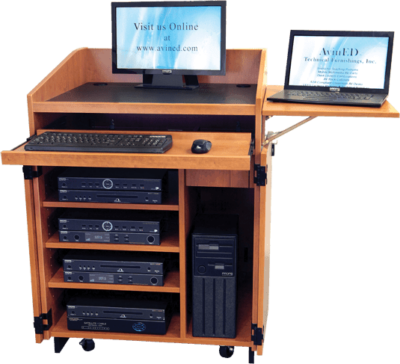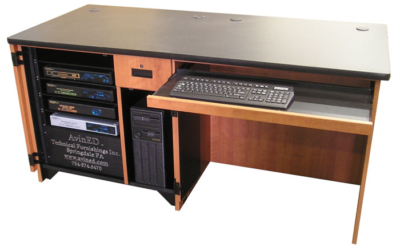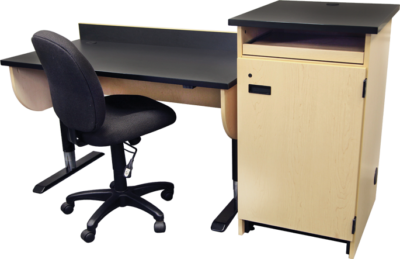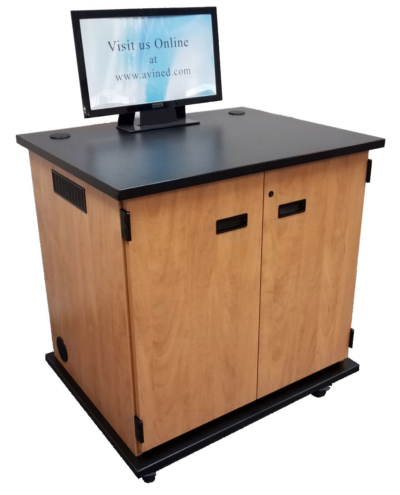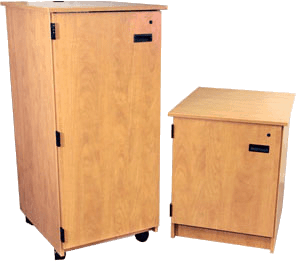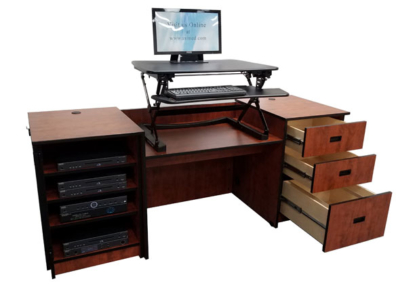
As our technological capabilities have improved over the years, various forms of online and remote learning have become more widespread. Now, as the world has been dealing with a pandemic for over two years, various forms of virtual and remote learning appear to be here to stay. One of these more popular teaching styles is HyFlex teaching.
HyFlex, which is a combination of the words “hybrid” and “flexible,” is a student-centered model of education that combines in-person and online instruction for all students. While standard hybrid teaching generally means that a course is made up of online and in-person elements, the flexible aspect of HyFlex learning is that all aspects of the course are flexible for all students. This means that students can choose when and how they want to learn.
There are three basic options for a student in a Hyflex model: they can attend class in person; they can join a class remotely in real time, by using video conferencing tools like Zoom; or they can watch recorded lectures online on their own time. This last option, referred to as asynchronous learning, is what gives students so much flexibility. Not only can they participate in a course from a remote location, but they can also do it on their own time. This allows for people who work or have other scheduling conflicts to be able to keep up with a course.
Even as we will eventually move into post-pandemic life, HyFlex teaching will stick around because of how efficient, fair, and accessible it is for students. However, this usually will mean that there’s a bit more work involved as an instructor to make sure these options are available for students. Educational institutions will continue to adapt HyFlex learning into their curricula, which is why it’s important to start thinking about setting up HyFlex classrooms.
How to Teach a HyFlex Course
Teaching a HyFlex class can be more complicated than teaching a traditional course, as you will need to have a plan and technological setup for teaching in all three channels. This means that, in addition to having a lesson plan for teaching in person, you will need to have students joining in remotely, as well as posting all materials–lectures, videos, assignments, and other files–online for asynchronous students. Consider posting some material in advance so that asynchronous students can stay caught up, and so that in-person and remote students can look at them before the lecture. Always be sure that materials are available to all students so that no group falls behind, and plan your lectures, group activities, and assessments in a way that is inclusive to remote and asynchronous students.
A large part of preparing to teach a HyFlex class is having a solid technological setup. Webcams are a necessity, and depending on the size of your class, you may need more than one. It’s common to have one camera pointed towards the instructor, and another pointed toward the class, so that remote students can toggle between the two. This is especially important if your lectures are more interactive, as you’ll want remote students to be able to see and when other students are speaking. Microphones are important as well, and as with the cameras, you may want them set up in various locations in the room. It’s likely you’ll also need a projector if you have accompanying slides or are presenting video.
All of this will need to be tied together via a computer setup that allows for you to present to your classroom and remote learners simultaneously, while also letting you record for asynchronous students.
Setting Up a HyFlex Classroom
AvinED builds customized HyFlex instructor stations to house all that required technology ensuring a smooth classroom presentation in any college, university or corporate meeting room. Contact us today to see how we can help organize your equipment and get your HyFlex classrooms up and running.
AvinED also offers fully assembled multimedia-podiums and desks that include secure storage space and shelving for your AV setups. They are ideal for HyFlex classrooms, allowing for you to set up a computer, projector, microphones, and any other equipment needed to allow for easy hybrid teaching. Additionally, we offer podium desks that allow you to easily transition from sitting and working at your desk to teaching and presenting to your students.

